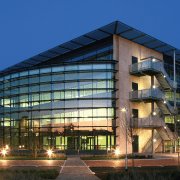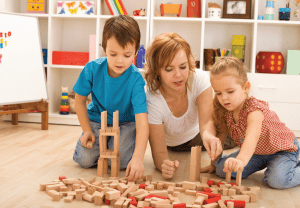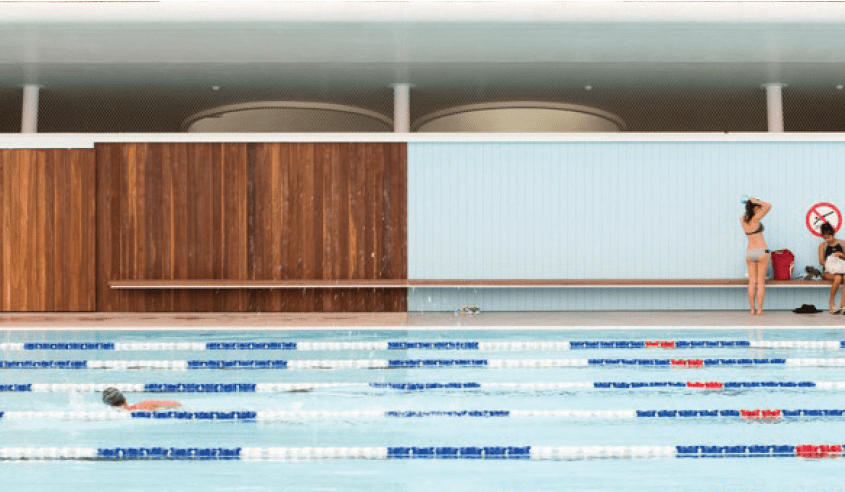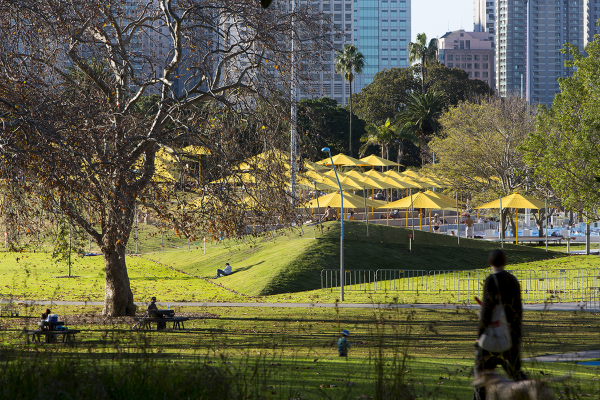Case Study: Safety in Design for Residential Structures
Case Study: Safety in Design for Residential Structures
Safety in Design for Residential structures
This case study for safety in design for residential structures is a compilation of design planning and structure issues from several different residential building and renovation projects.
The designer was commissioned to renovate a coastal house, including the addition of a second storey, an upper storey balcony, an entry void and stair, and some internal upgrades.
Site factors considered were the presence of overhead power lines and underground gas, the instability of the slope (geotechnical report required), and the potential for acid sulphate soils (acid sulphate soils study required).
The designer identified the potential presence of asbestos, lead based paints and polychlorinated biphenyl (PCBs) in the existing structure, and organised a competent person to confirm the location of these hazardous substances. The designer and client discussed the asbestos and decided that it should all be removed as part of the new works.
As the additions included a new upper storey on top of the existing structure, the designer consulted with a structural engineer to verify the capacity of the structure to take the load of the new level and any additional support that would be required to ensure the stability of the structure. As the site was in a coastal area, the engineer investigated the existing structure to ensure that prior damage from corrosion would not affect the integrity of the structure.
During the documentation stage, the spacing of the roof trusses for the upper level was revised to 600mm centres with battens at 450mm centres to reduce the risk of falls during construction. The roof pitch was kept below the critical angle of 26 degrees at 22 degrees (see Code of Practice: Preventing Falls in Housing Construction) to improve worker safety.
To reduce exposure of the construction workers to hazardous substances, the designer specified paints and adhesives that had no volatile organic compounds (VOCs) and no emissions materials for internal joinery.
New materials were selected for durability and to reduce the need to maintain the building at heights including the use of stainless steel roof sheeting and fixings. Air conditioning units and fans were selected that were more durable for the environment. Air conditioning units were located to the rear of the residence for protection from salt spray and at ground level for easy maintenance. To increase durability and reduce the need for ongoing maintenance, the designer selected a tiled concrete slab for the rear veranda, durable composite decking made from recycled plastic for the entry deck, and stainless steel balustrading. To eliminate confined spaces, rainwater tanks were selected that did not have to be entered to be maintained.
High level windows were originally proposed over the staircase and were considered a potential hazard for maintenance. These windows were relocated over a hallway where they could be accessed for cleaning. Louvres were specified on the upper storey to allow cleaning from the inside. Wall mounted LED lighting in the void area was proposed to reduce the risk of work at height for lighting maintenance.
The designer eliminated or minimised risks—so far as was reasonably practicable—and communicated residual risks to others further down the lifecycle including the principal contractor, maintenance contractors and demolition contractor in the safety report. The designer provided the safety report to the client, who was advised to provide this to the principal contractor. This report was also issued by the designer with tender documentation and submitted with the plans to the local council.
Safe Design Workshop with project stakeholders
Safe Design Australia acted as the safe design consultant for these residential projects, providing support through consultation and workshops. Safe design workshops are important, particularly for more complex projects as they can assist the designer in identifying hazards and consulting with other duty holders on ways to eliminate or minimise risks.
Participants can include the designer, the client (sometimes the building owner), engineers, consultants, principal contractor, maintenance manager and other consultants.
Contact us to find out more
To find out more about this particular project, or how the Safe Design Australia team can assist you on your next project, contact us.

































